

William Stopford
Every SUV, ute and van discontinued in Australia in 2025
1 Hour Ago
The Renault Megane E-Tech takes a well-known name and reimagines it for the electric age.
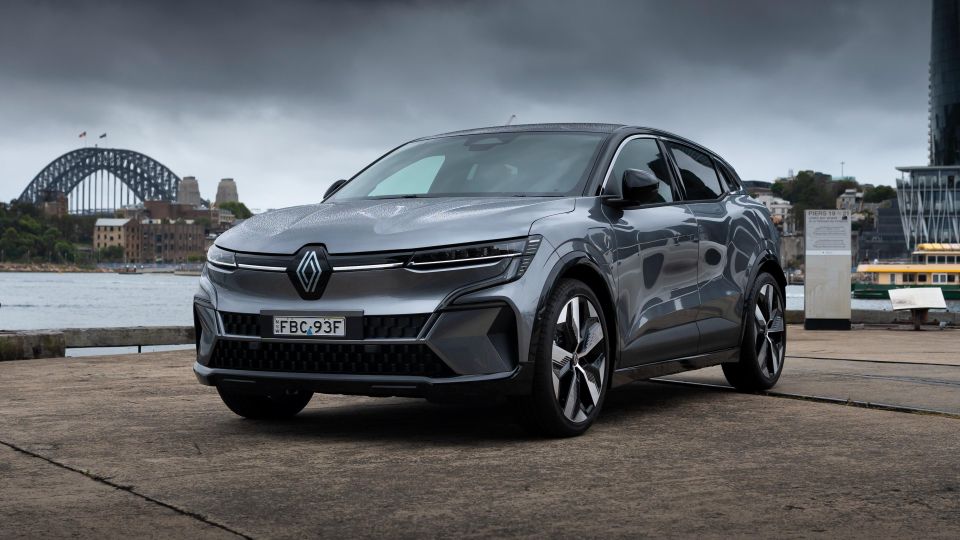
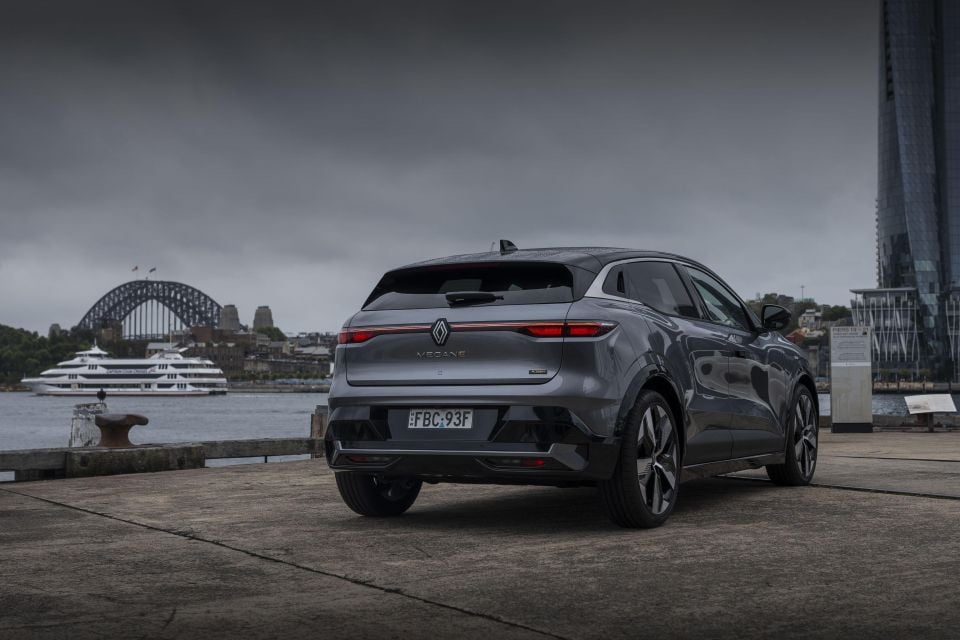

Quickly see how this car stacks up against its competition. Select any benchmark to see more details.
Where expert car reviews meet expert car buying – CarExpert gives you trusted advice, personalised service and real savings on your next new car.
Meet the reborn Renault Megane.

It’s no longer a conventional hatchback rival to the Volkswagen Golf, having morphed into an electric rival to the Tesla Model 3 and Model Y, and it’s no longer the cheapest member of the Renault range.
Renault is going through a global revolution (Renaultlution) as it gears up to drastically expand its electric lineup with a range of new cars ranging from the retro-tastic 4 and 5, to the more modern-looking Megane.
All will be built using new production methods designed to cut down on emissions and waste, in keeping with the eco-friendly promise of electric motoring.
As has always been the case with the Megane, the 2024 Renault Megane E-Tech won’t be for everyone… but it shows the future is bright at Renault regardless.
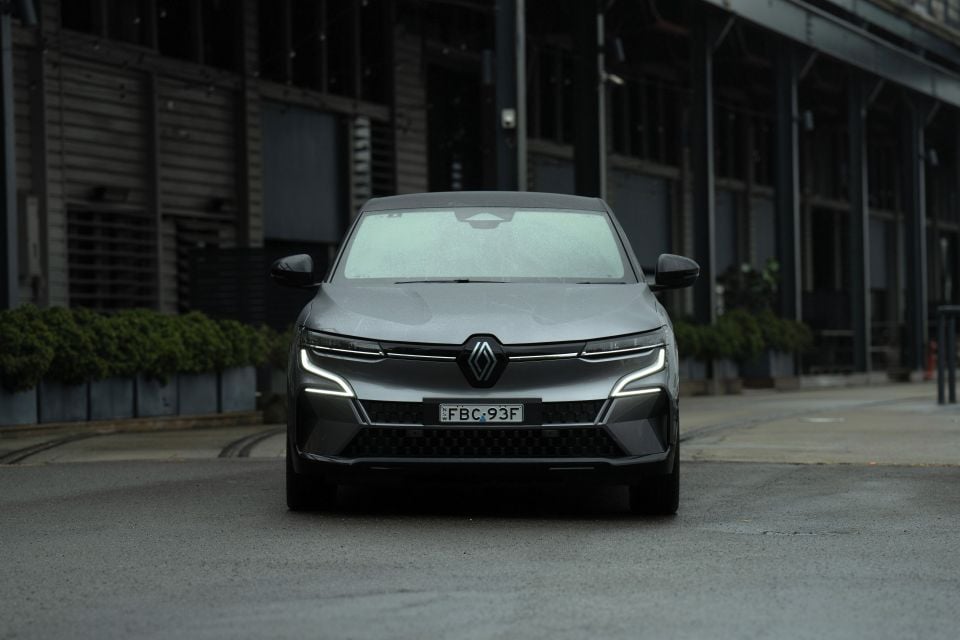
Renault Megane E-Tech Electric pricing:
Pricing is before on-road costs.
Buy your new car without the stress. It's fast, simple and completely free.

Great service from Travis and team, second time I have used this business would not hesitate to recommend them to anyone
Craig C.
Purchased a Ford Ranger in Sunshine Coast, QLD
CarExpert helped Craig save thousands on his Ford Ranger, now let us save you on your next new car.
Find a dealThis is a modern, comfortable car from behind the wheel.

The driver and passenger sit in generously padded seats trimmed in neat-looking cloth, and there’s plenty of adjustment for awkwardly shaped bodies. The manual seat adjustment feels out of place in a $65k car, but it is in keeping with Renault’s focus on lightness.
Facing the driver is a pair of screens with clean, crisp graphics. The pair of displays is neatly integrated, and the way the central screen is angled towards the driver is very old-school BMW.
Renault’s infotainment technology was in need of a refresh, and thankfully the E-Tech represents a step forward compared to the Captur and Arkana. The graphics are more modern, and it responds faster to inputs than before – while Apple CarPlay worked reliably.
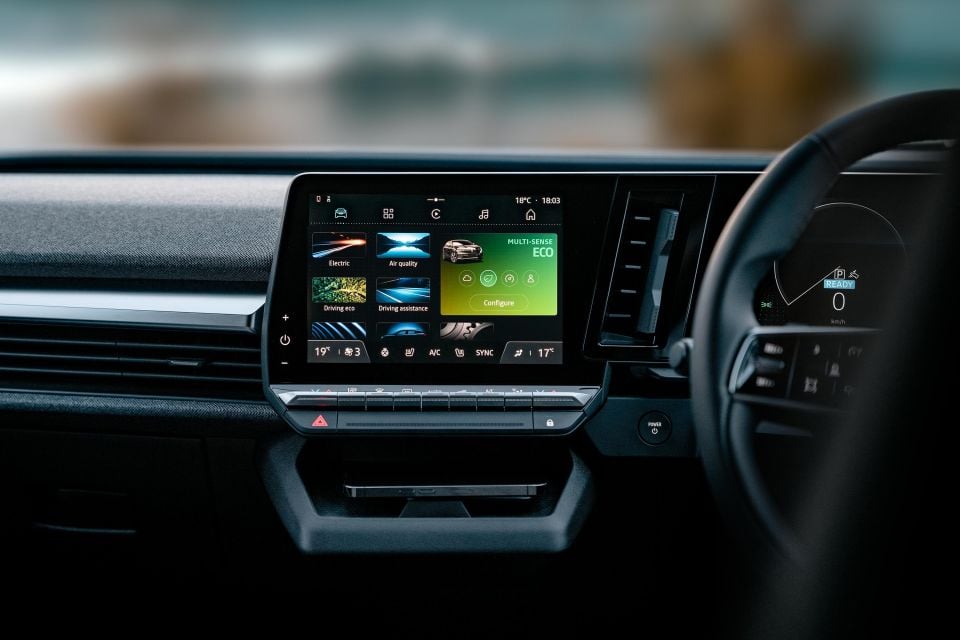

It’s not class leading, given how quick and modern the setup in a Tesla Model Y or Polestar 2 is, but it’s not holding the Megane back either.
Points to Renault for maintaining physical buttons below the screen, too. It makes it easier to change the temperature or fan on the fly, and means you don’t need to dive through menus to complete basic tasks.
Beyond the technology, the cabin has a very electric feeling. There’s no pronounced central tunnel, instead you get an open storage space beneath the floating dashboard with movable cupholder inserts.
It’s practical, but there are a few elements that mean it’s not quite as special as something like an Ioniq 5, Polestar 2, or Tesla Model 3.
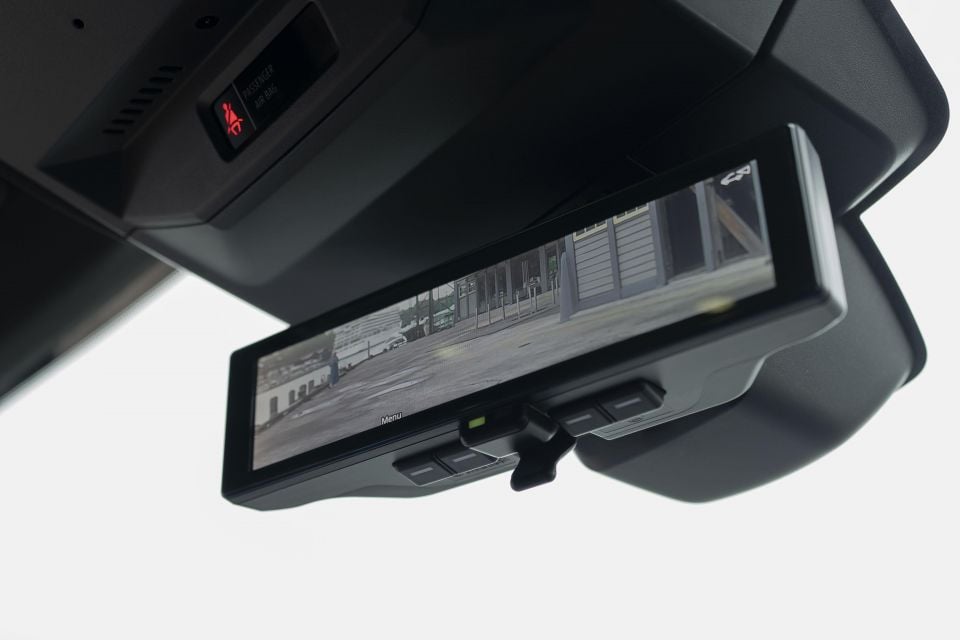
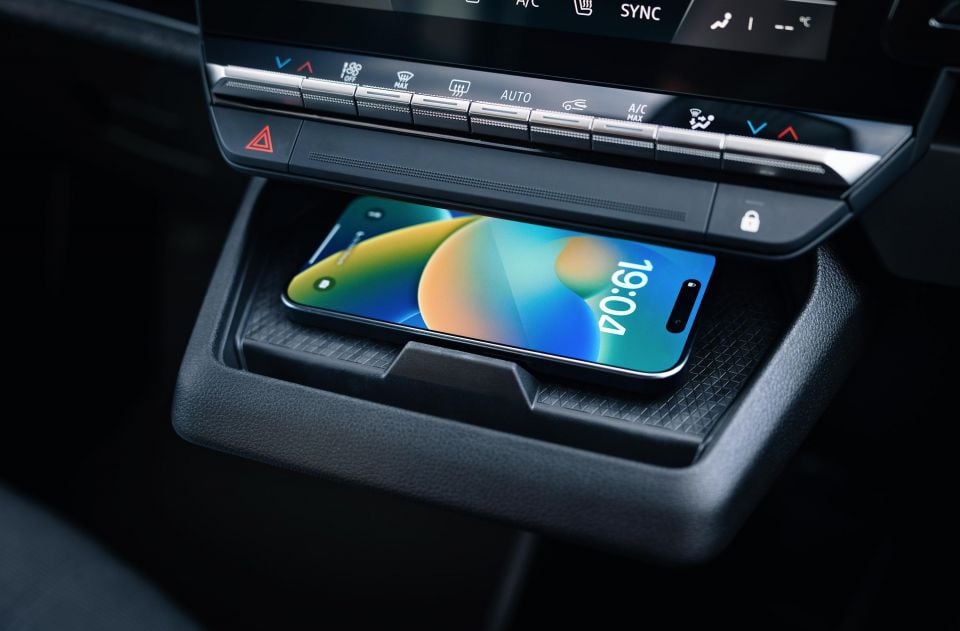
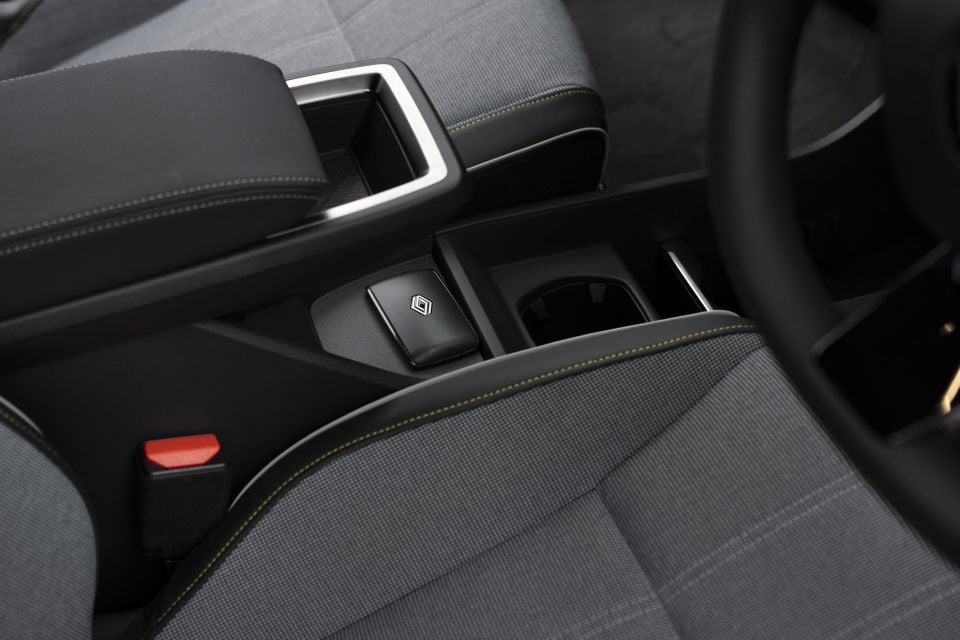
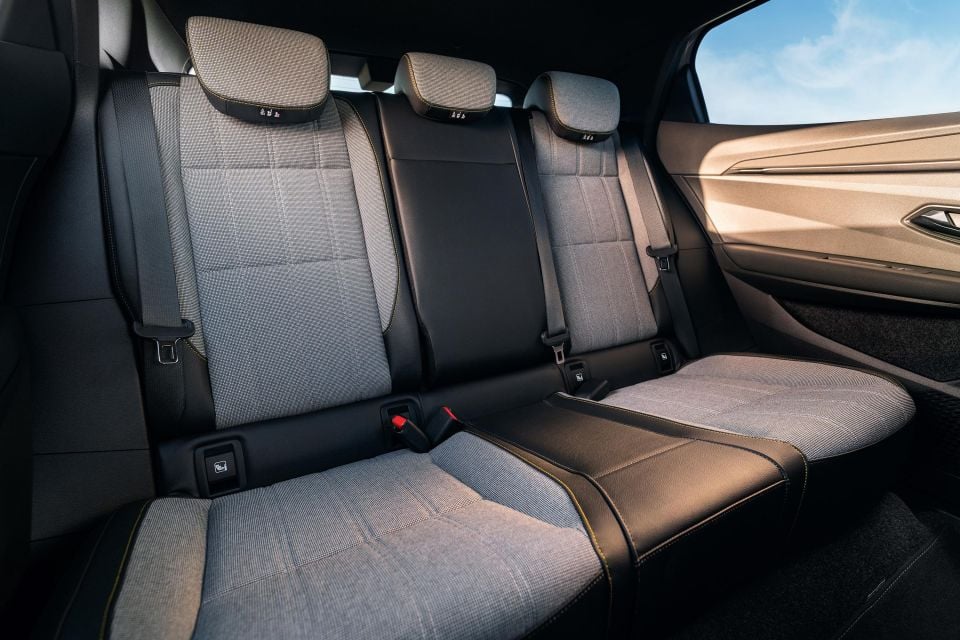
Rear seat space is a weak spot. The rear door opening is reasonably large, but legroom is limited back there behind shorter adults, and headroom is impacted by the car’s swoopy roofline. The pinched window line also limits the amount of light on offer back there.
On the plus side, air vents are a welcome inclusion for children on hot Australian summer days. There’s a trio of top-tether points, and a pair of ISOFIX points back there. The flat floor makes the middle seat more usable, and does leave more space for feet in the outboard seats.
Claimed boot space is an impressive 440 litres, expanding to 1332 litres with the rear seats folded. In reality though, the boot has a massive loading lip and quite a narrow opening with the parcel shelf fitted, making it harder to load bulky items.
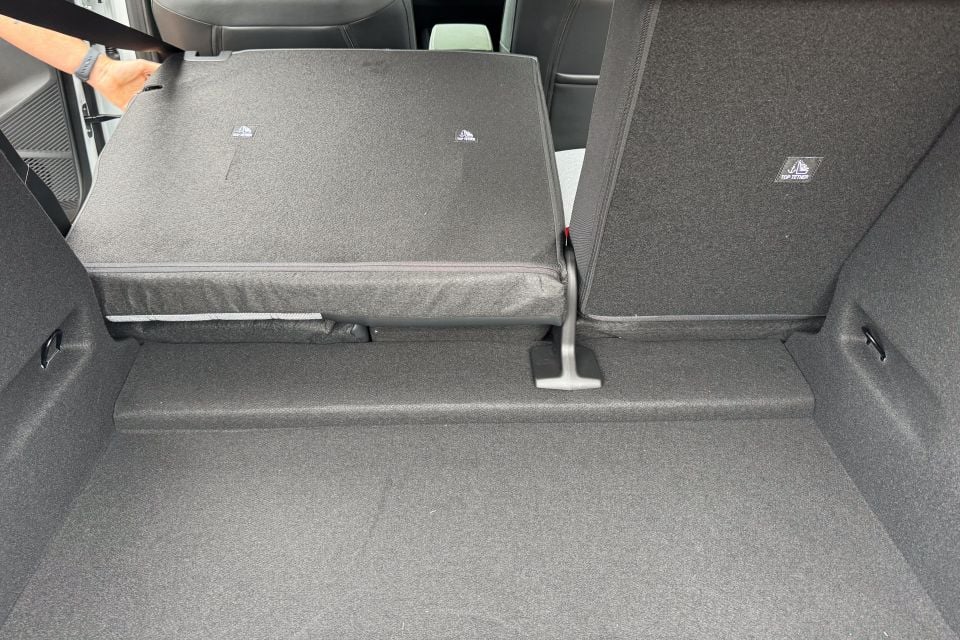
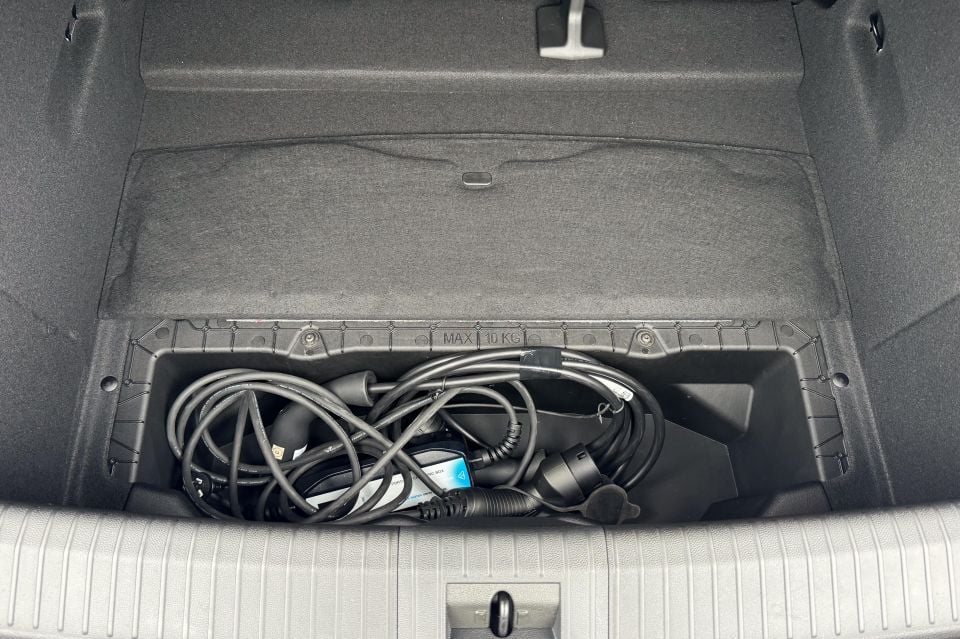
Folding the rear seats also leaves a pronounced lip between the boot floor and the seat backs, which isn’t ideal for carrying big things.
Although it’s a bigger, more crossover-ish car than the last Megane, the new E-Tech isn’t as large and practical as a Hyundai Ioniq 5 or Tesla Model Y if you’re planning to use this as a family car.
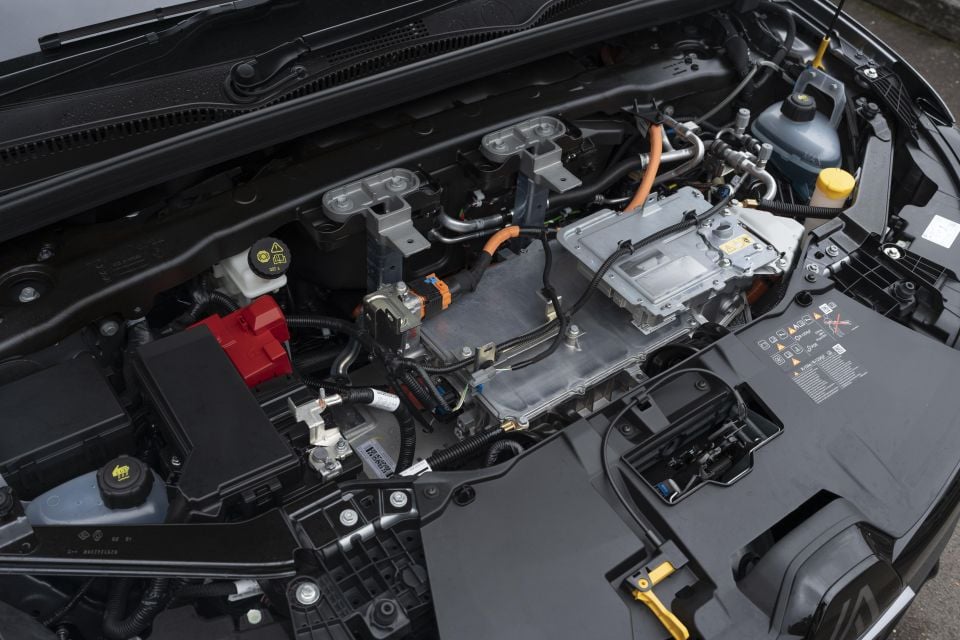
| Model | Renault Megane E-Tech EV60 |
|---|---|
| Drivetrain | Single-motor electric |
| Battery | 60kWh lithium-ion |
| Power | 160kW |
| Torque | 300Nm |
| Driven Wheels | Front-wheel drive |
| Weight | 1642kg (tare) |
| Energy efficiency (as tested) | 14.9kWh/100km |
| Claimed range | 454km (WLTP) |
| Max DC charge rate | 130kW |
Renault made a lot of the fact the E-Tech still feels like a Megane, with quick steering and a sporty feeling in town.

It’s delivered on that promise; the E-Tech feels right at home within the confines of urban Sydney.
As you’d expect, there’s instant torque on tap from a standstill thanks to the single-speed electric motor, and the steering is nice and direct off centre. That means you can dart around tight streets without taking your hands off the wheel, and makes this feel more like an overgrown hatchback than a lumbering SUV.
Ride comfort is pretty good in the city, soaking up pimply streets despite what’s a fairly sporty suspension tune, and up to around 60km/h you get very little noise from the outside world in the cabin.
Renault has also done a good job tuning its regenerative braking, which slows the car when you lift off the accelerator. It’s not grabby or awkward at low speeds in its most aggressive mode, although it’s disappointing one-pedal driving isn’t an option.
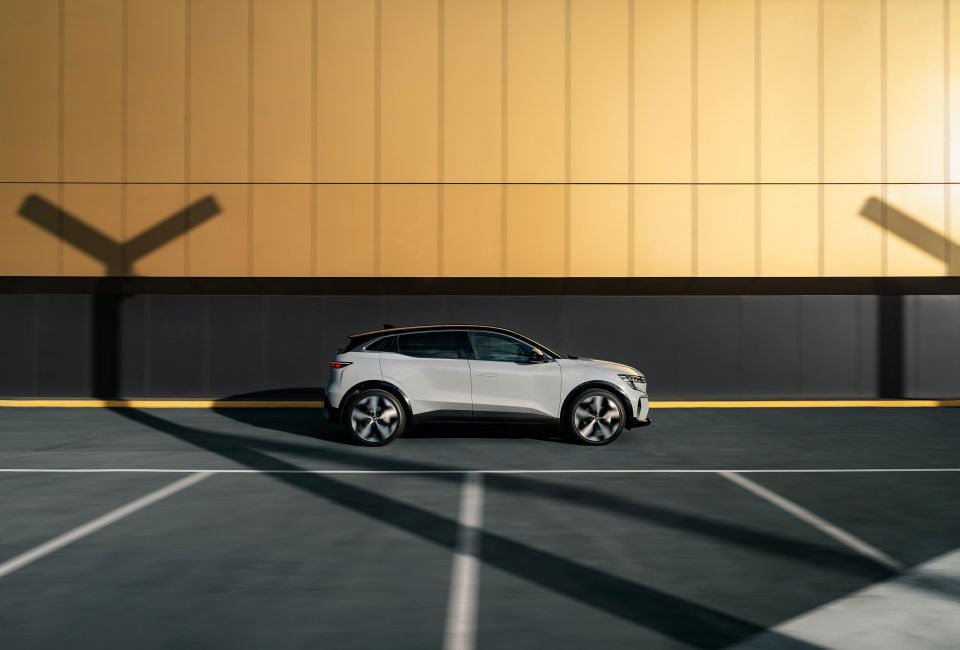
In a Tesla Model 3, you can drive most places without touching the brake pedal. That’s not an option here, with the E-Tech instead demanding you use the brakes as the regen fades out below around 10km/h.
It’s more conventional than some rivals, which means buyers hopping across from an internal-combustion car will feel at home, but it also takes away one of the perks of electric driving.
At higher speeds, the Megane E-Tech settles down nicely. On smooth tarmac it’s nice and quiet at 100km/h, but there’s quite a lot of road noise on the coarser surfaces common outside of Australian city centres.
Renault’s driver assists are smoothly calibrated. The adaptive cruise maintains a consistent gap to the car in front, and the lane-keeping system doesn’t feel like it’s trying to wrest control from you.
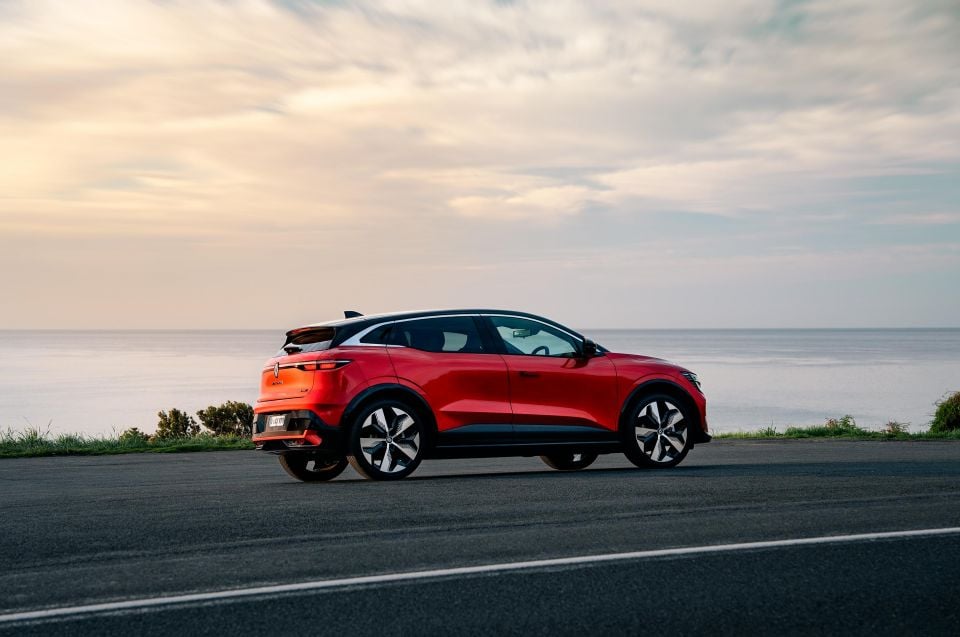
Also conspicuously absent are any annoying chimes or warnings when you drift over the speed limit, unlike some rival cars.
With no R.S. model, and no sign of an Alpine-fettled version of the E-Tech just yet, this isn’t meant to be a sports car. It still feels light enough on its feet when the road gets interesting though, and the steering is always nice and direct.
The weak link is the tyres, which prioritise range over handling with low rolling resistance. It’s a complaint we also had about the Tesla Model 3, and isn’t an issue for the average owner, but it’s worth keeping in mind if you’re hoping to evoke the spirit of the Megane R.S.


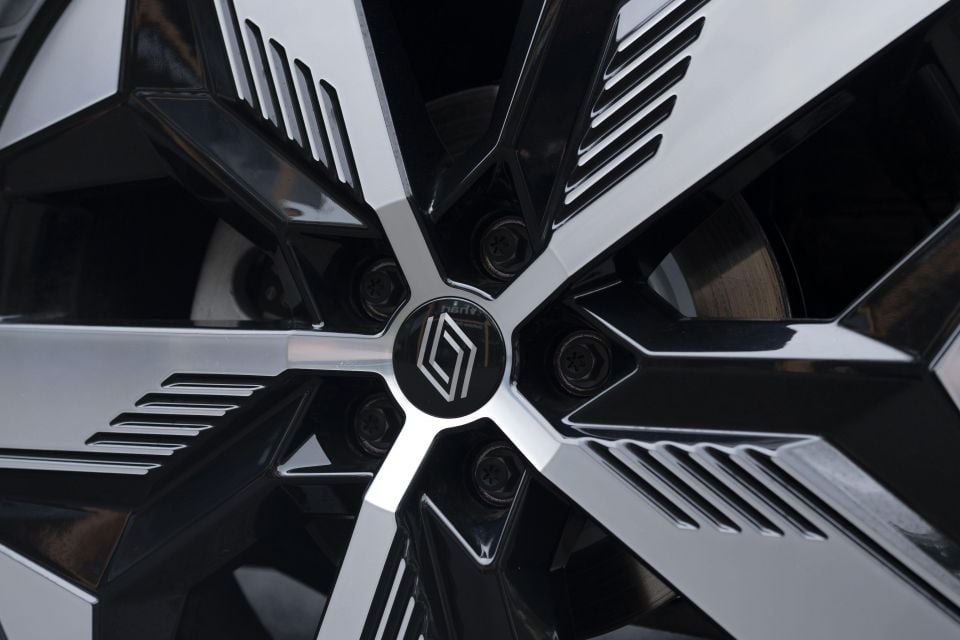
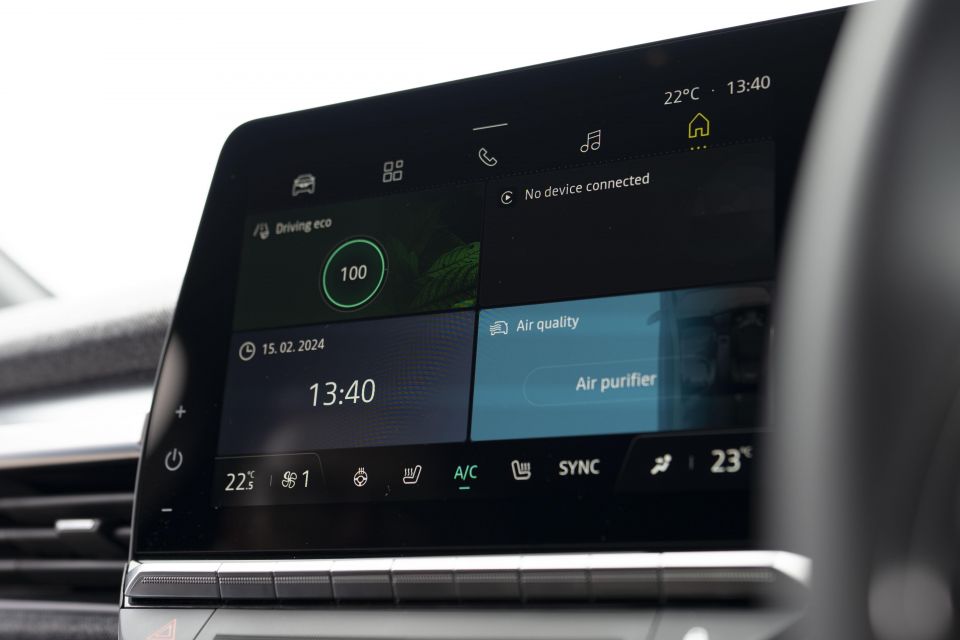
Megane E-Tech Techno EV60 highlights:
The Renault Megane E-Tech has a five-star ANCAP safety rating based on Euro NCAP tests carried out in 2022.
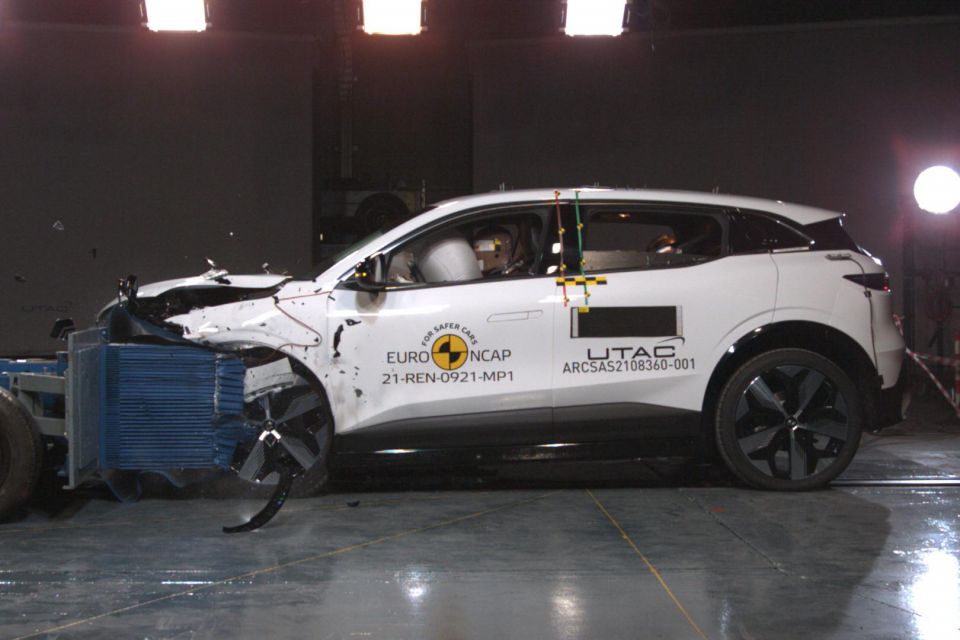
It received a 85 per cent for adult occupant protection, 88 per cent for child occupant protection, 65 per cent for vulnerable road user protection, and 79 per cent for safety assist.
Standard safety equipment includes:
The 2024 Renault Megane E-Tech is covered by a five-year, 100,000km warranty. The high-voltage battery is covered by an eight-year, 160,000km warranty.
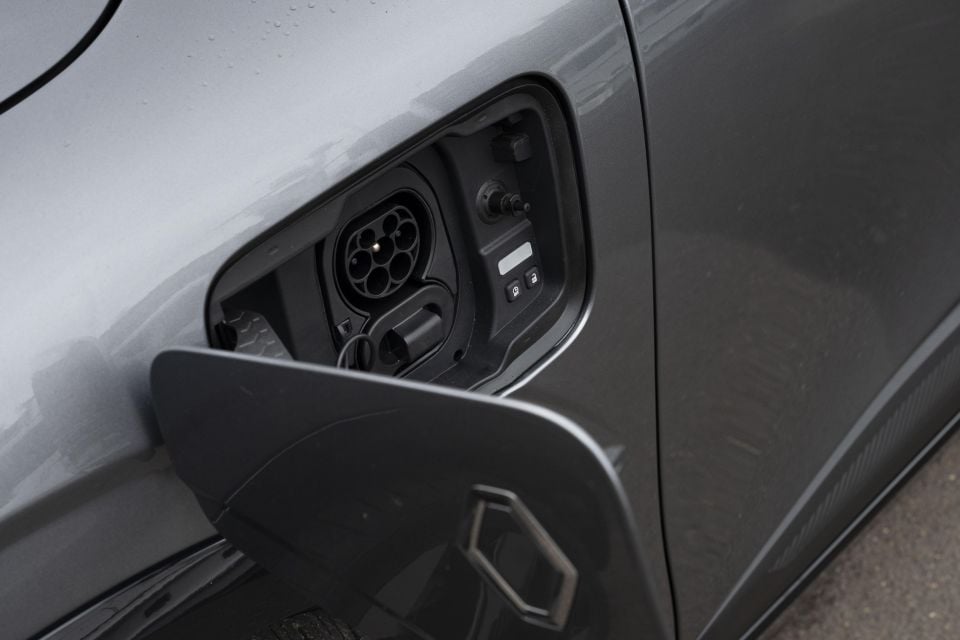
Where expert car reviews meet expert car buying – CarExpert gives you trusted advice, personalised service and real savings on your next new car.
Maintenance is required every 30,000km or 12 months, whichever comes first.
Renault Megane E-Tech service pricing:
The Megane E-Tech is a confident first step as Renault gears up to ramp up its electric plans, but its price and size mean it’s unlikely to set the sales charts alight in Australia.
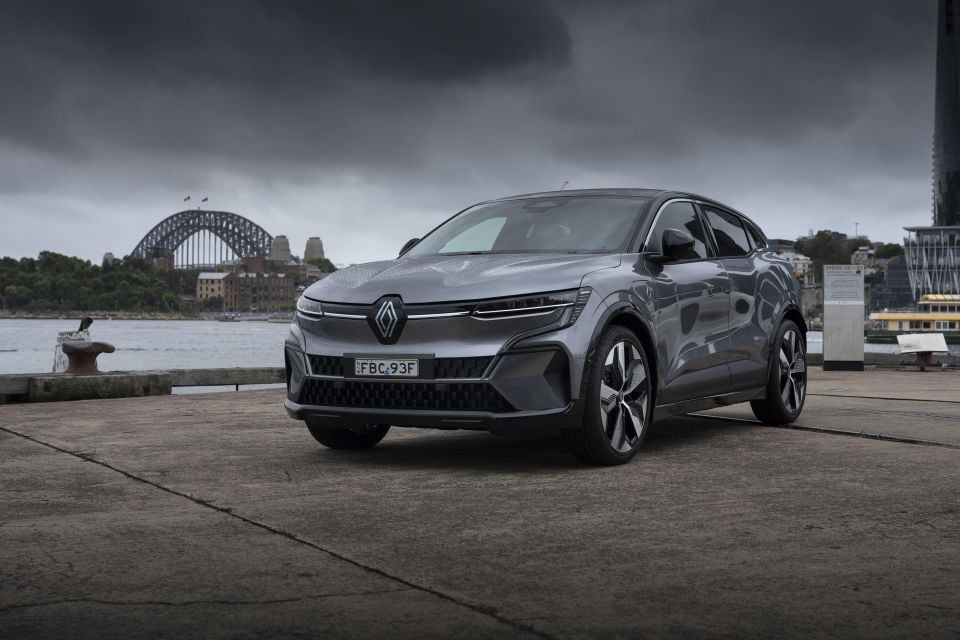
As a like-for-like rival to the Hyundai Ioniq 5 and Tesla Model Y, its tight rear seat and boot packaging aren’t quite good enough, and omissions such as electric seats – for weight savings reasons or otherwise – are noticeable.
As has often been the case with the Megane in its Australian history, it won’t be for everyone. That doesn’t mean it has nothing to offer, though.
It’s a sharp looker on the outside, the cabin is still a nice place to spend time, and the driving experience is good enough to warrant heading along for a test drive.
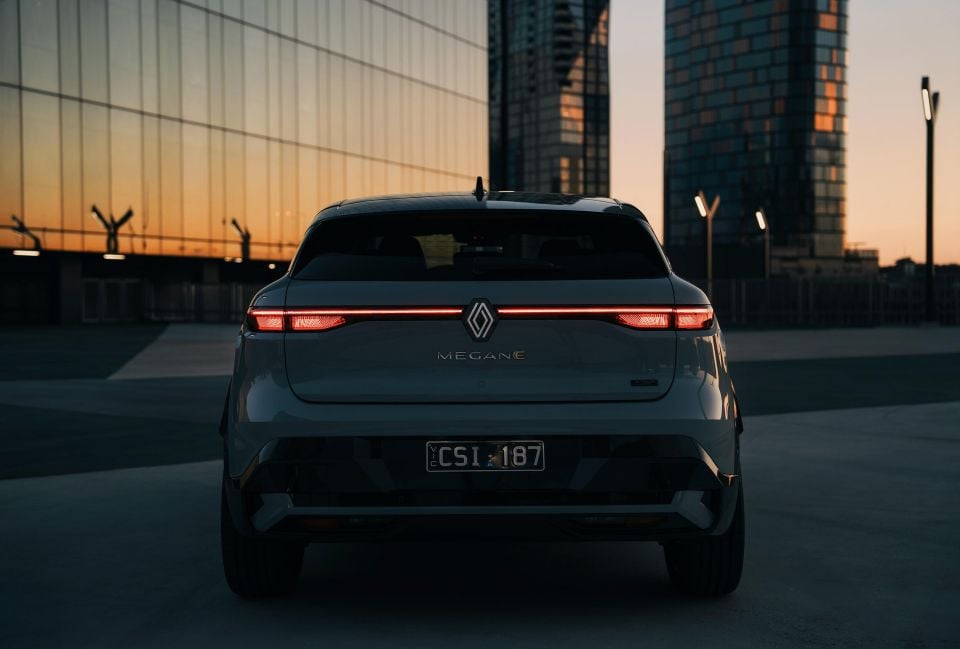
Click the images for the full gallery
BUY: Renault Megane E-Tech MORE: Everything Renault Megane E-Tech
Where expert car reviews meet expert car buying – CarExpert gives you trusted advice, personalised service and real savings on your next new car.
Scott Collie is an automotive journalist based in Melbourne, Australia. Scott studied journalism at RMIT University and, after a lifelong obsession with everything automotive, started covering the car industry shortly afterwards. He has a passion for travel, and is an avid Melbourne Demons supporter.


William Stopford
1 Hour Ago


Ben Zachariah
2 Hours Ago


Derek Fung
3 Hours Ago


Matt Campbell
9 Hours Ago


William Stopford
1 Day Ago


Josh Nevett
1 Day Ago